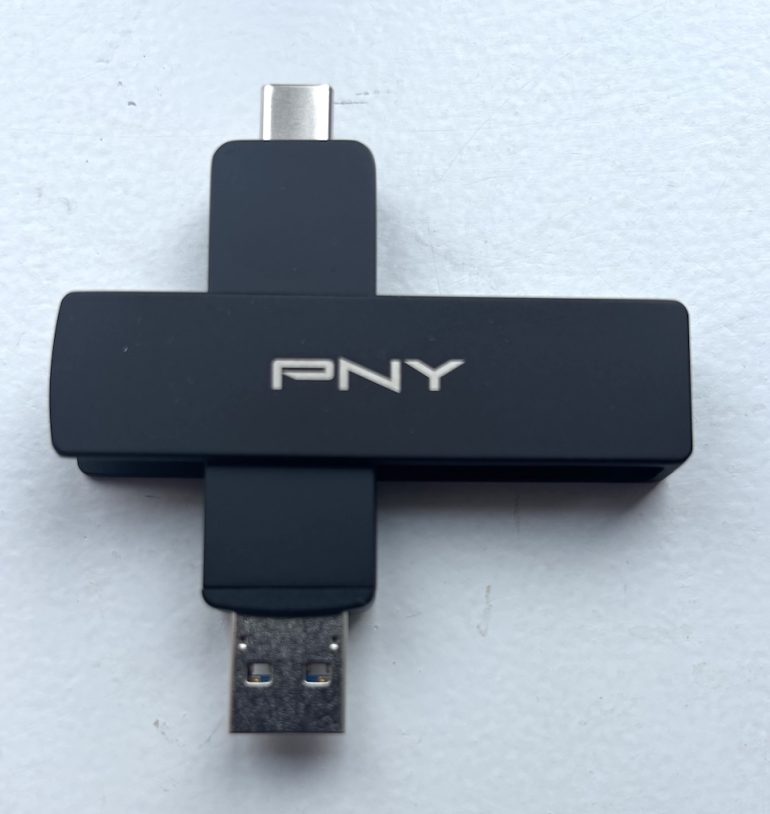Sound Quality

Donning my good pro-sumer headphones with nothing else but power connected to the DDM4000, I proceeded to search every nook and cranny for internal noise like a bloodhound tracking game. As you might expect from something that touts itself as a 24-bit mixer, there isn’t much to be found within reasonable limits. With the headphone volume all the way up, I heard a slight constant whine around 13kHz (with a harmonic at 1kHz) even with everything turned down. It seems to be related to the microphone input because while the good news is that this whine is not persistently present in the master output, it appears when I enable the mics, and I can adjust the whine with the mic EQs. It’s not affected by the gain controls, which is interesting. There is also a really slight 50Hz (AC mains) buzz on channel 4 in line mode, which makes sense since it’s right next to the mains power input, but it’s so slight that you can just barely hear it, and that’s only after the gain and EQ knobs are all the way up on that channel as well.
The Line inputs have very little noise. I had to turn the gains and EQs all the way up to hear any, though the dedicated (non-switchable) line inputs are slightly quieter. The phono inputs are quite noisy by comparison, but that stands to reason considering the order-of-magnitude greater pre-amplification they must do. And to be fair, they quiet down a lot when they’re actually connected to a turntable.
Please take this noise analysis as more academic than anything, because in nearly all practical cases, these internal noise levels are lower than those of most DJ source equipment (unless you DJ from audiophile-grade CD players) so none of this is detectable in practice. (For example, when I connected and turned on my X^2s, the noise level on the line inputs rose almost to the unconnected-phono level, so the mixer’s internal noise floor was already way below that of my decks and therefore not a factor.)

The DDM4000 features pre-fader VU meters on each channel that have a good dynamic range represented by seven segments which go from -20dB to +9dB, and clipping occurs a little above that. It’s easily possible to clip the input stage with the gain range given to you, so set your levels carefully, and do it each time you change songs! (Basically, if you regularly see more than one red LED, the level is too high.) The channel VU meters are also pre-EQ, which is different from the DJM-500. (This might suggest that the EQ is done in the digital domain.)
The master VU meter shows a range of -24dB to +12dB plus dedicated Clip LEDs. (I think the dynamic range is the same as on the input stages, you just have more LEDs on the master output for detail.)
In Use

I covered usage notes for specific controls in the above section, but in general, the DDM4000 is pleasing and fun to use and it works reliably. The light faders and their caps feel great. The hard plastic buttons all have a distinct click so you can tell by feel if you’ve pressed one. The extra controls are intuitive, though the effects section takes a bit of time to figure out simply due to the sheer amount of customizability in the limited space. I was able to figure out most of the additional controls without having to look at the manual after several minutes of playing around with them. This, and the fact that there are eight user preset save slots should put club owners at ease if they choose this mixer for the installed system, as any DJ who has ever used a four-channel DJ mixer will already know their way around the essential features of this one, and resident/frequent DJs can each customize the settings as they wish. Of course I strongly encourage reading the manual in any case so you can get the most out of all of the extra features the DDM4000 brings.
While I was sniffing around for sound quality issues, I noticed that the headphone output clips well before the master output does. This might be a cost-conscious move, since you of course want the best sound on the floor and dynamic range doesn’t matter as much in the headphones, but it’s also handy to give you additional early warning that your channel gain levels are too high so you can fix them before the crowd hears the mess. (There’s no headphone clip indicator, it just starts to sound bad.)
Behringer DDM4000 Review Conclusion

The Behringer DDM4000 is jam-packed with useful features and pro-sound-oriented controls. It’s a tweaker’s paradise and clearly designed by people who know pro audio. Because of this, the value-for-money is off the chart. Don’t be put off by its light weight or low price: the DDM4000 is a solid performer. If a majority of your gigs involve spinning analog sources (CDJs, turntables, iPods, etc.) this mixer has everything you need and won’t leave you wanting for a place to plug in “just one more thing.” If you’re in the market for a new mixer, definitely give the DDM4000 some serious consideration. I personally will be replacing my aging Pioneer DJM-500 with one. (Though I will miss the lamp socket I hacked into it…)
Pros:
– Large number of flexible input connections
– Large number of tweakable professional controls (via menus)
– Good dynamic range & sound quality
– Tape & digital outputs
– MIDI sync & control
– Full-featured 2-channel sampler
– Built-in subwoofer crossover & output
Cons:
– Mic controls affect both inputs at once
– No fader-start connections
– No USB MIDI connection (need a separate MIDI interface to connect to a computer)
– Cross-fader auto-bounce is too fast (bug)
– Sampler doesn’t record effects on the master channel




I have owned the DDM4000 for many years now, since they first became available. I knew then that Behringer’s reputation for build and component quality wasn’t in any way positive, and working for a very large DJ retailer i have first hand experienced the level of returns across their whole product range, but i have to say that Behringer have excelled them selves with this mixer and i swear by it. Both the quantity and quality of the features are amazing, their are very few things it doesn’t have that i desire. The 2 separate FX controls, 3 band switchable solo and kill buttons are brilliant for adding that extra level to the mix. To date the only physical fault i have experienced is the channel 3 headphone cue button tack has failed but nothing a hefty push won’t cure. The main down side to this mixer is the sound output, it was good at first, but i am sure it has depleted over the years due to extensive use. I could go on about this mixer for hours but to summarize i honestly thing this mixer for the price is an absolute steal. I could have Pioneer or Allen & heath if i wanted, but that would set me back 4 times the £’s and it some ways would sacrifice the features i already have with the DDM. I would love to see Behringer bring out a newer, perhaps better quality version of this mixer, especially with them recently trying to rid the image of badly built equipment. Have a listen to this mix i did using the DDM4000 and 2 x CDJ1000 MK3, i have seen many shocked faces when i tell them it was performed on a Behringer product. http://soundcloud.com/danjam/danjam-deep-house-mix-march. 5 STARS FOR THIS PRODUCT, HIGHLY RECOMMENDED BY AN INDUSTRY PROFESSIONAL AND PROFESSIONAL DJ! – DanJam
does this mixer have send and return loop compatibility?
From memory, no. But it’s not my review.